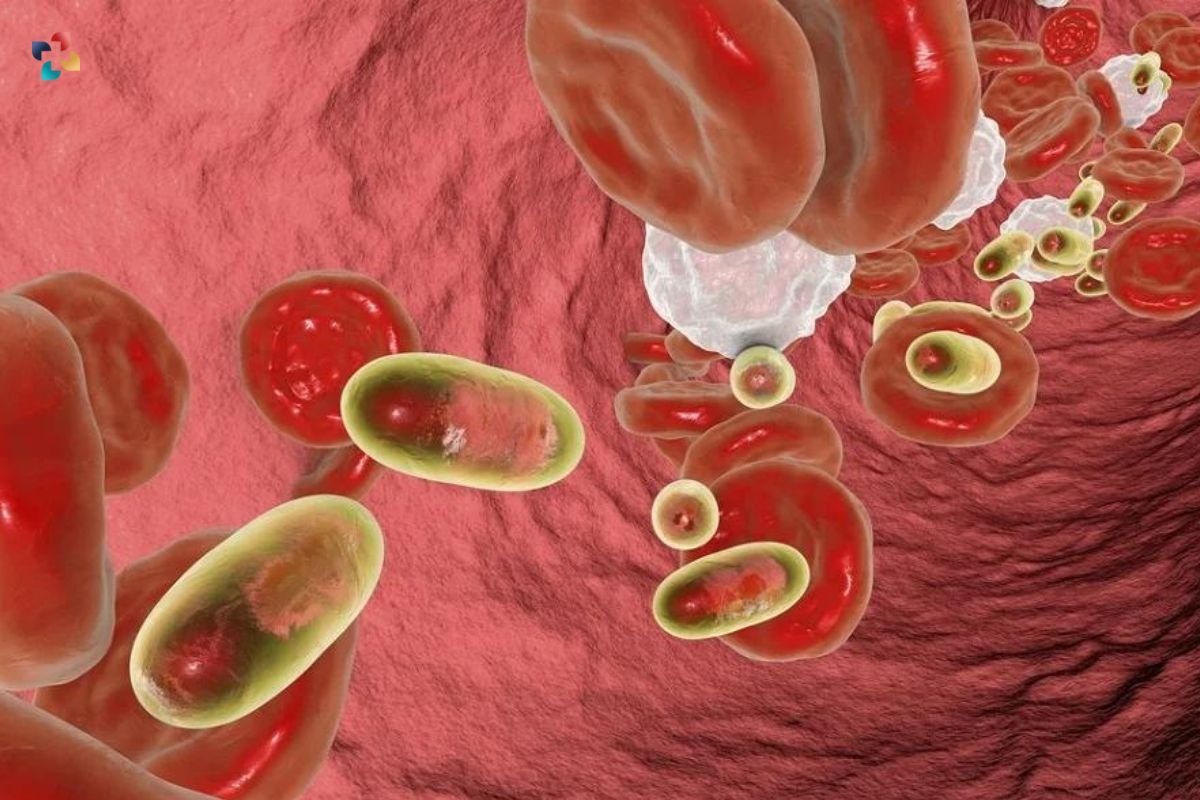The global healthcare industry learned the value of adaptability in 2020 and early 2021 as the COVID-19 pandemic united the globe in its battle against the virus and spurred the creation of new biotechnologies, therapeutic approaches, and drug discovery strategies.
Here are 15 Biopharma Research Trends in 2023;
1. Epitranscriptomics
While the word “epigenetics” is common to practically every expert in the Life Sciences, “epi transcriptomics” is far less well-known in Biopharma Research Trends in 2023. Epitranscriptomics is based on a similar concept; it details the many ways in which RNA may be altered, including methylation. Protein expression may be regulated by a number of factors, including those responsible for RNA alterations, making them promising therapeutic targets.
Accent Therapeutics discovered that small-molecule medicines that inhibit RNA-modifying proteins (RMPs) showed promise in treating many different kinds of cancer. Accent creates treatments based on the discovery that faulty RMP function is a common denominator in a wide range of cancers, from leukemia to brain tumors. Round A funding for Accent totaled $40 million from three investors in 2018, while Round B funding was $63 million, indicating promising future development.
2. mRNA vaccines and RNA therapies
The Biopharma Research Trends in 2023 and the effectiveness of RNA-based therapeutics were recently shown by Pfizer and Moderna’s mRNA vaccines for Coronavirus illness. Different from proteins, RNAs may regulate biological activities without being incorporated into DNA.

For our immune systems to remember the virus in the future, they must produce antigens within our cells and set off the appropriate immunological responses.
- Healthcare industry
- Biotechnology
3. Drug development using deep learning and large datasets
Many pharmaceutical businesses now place a high priority on artificial intelligence (AI), particularly in the areas of machine learning, deep learning, and natural language processing (NLP). This is due in large part to a spate of proof-of-concept studies in Biopharma Research Trends in 2023.
Such as Insilico Medicine’s identification of a novel target and related preclinical treatment candidate for Idiopathic Pulmonary Fibrosis (IPF) by use of their modular, powerful AI platforms PandaOmics and Chemistry42. Getting from concept to a viable preclinical candidate took less than two years at a reasonable cost, and from there to a Phase, I clinical trial was another year.
4. Neoantigens
In recent years Biopharma Research Trends in 2023, and personalized cancer immunotherapies have gained traction, with a lot of focus on tumor-associated antigen (TAA) and neoantigen treatments. Unfortunately, TAAs are often found in both neoplasms and healthy tissues.
Which has contributed to their failure in late-stage clinical studies in recent years. When antigens linked with tumors are injected, the body responds aggressively. However, if the same antigens are present in healthy tissues, this might have unintended consequences.
5. Targeting RNA with small molecules
Biopharma Research Trends in 2023 Utilizing tiny compounds to target RNA Direct influence using small molecules is another method of addressing it, in addition to changing the work of RNA regulators. Although RNA is famously resistant to small-molecule inhibition, scientists have found ways to overcome this obstacle.
It is feasible to analyze the RNA sequence and identify binding pockets and forecast the kind of interaction that takes place there. Thus far, bioactive compounds have been shown to stimulate small molecule targeted degradation of RNA targets (ribonuclease-targeted chimeras, RIBOTACs), and in some cases even direct cleavage of RNA, allowing for local regulation of human transcriptome function.
Launched in 2016, Expansion Therapeutics has its roots in the San Diego area. More than $135 million was invested in the firm so that it might develop targets for small-molecule medications to combat illnesses caused by RNA.
Already dubbed a “life science disruptor” by Xconomy, small molecule RNA targeting pioneer Arrakis Therapeutics is poised for rapid expansion. It has therapeutic candidates in development for the treatment of neurological ailments, uncommon diseases, and malignancies.
6. Theranostics
A new class of cancer drugs called “theranostic” (from “therapy” and “diagnostics”) is all the rage right now. The use of radioactive elements in the construction of theranostics means that radiopharmaceuticals need just a few injections before they begin to have an effect, in contrast to more traditional therapies like chemotherapy.
Since investors see great promise in theranostics, companies like Telix Pharmaceuticals of Australia have negotiated a $300 million contract with China Grand Pharma, and AstraZeneca has partnered with Fusion Pharma of the United States to create radiotherapies.
Biotech Progenics of Biopharma Research Trends in 2023, which produces many radiotherapies licensed by the Food and Drug Administration, was recently bought by Lantheus Holdings. NanoMab, Precirix, and Vect-Horus are other significant participants in this space.
7. Exosomes
For a long time, Biopharma Research Trends in 2023 and exosomes were a mystery; nevertheless, studies in the past several decades have shown that they may be effective in the treatment of a wide range of disorders. Scientists are investigating the potential function of exosomes in cell-to-cell communication, with the working hypothesis.

That exosome may fuse with and release its contents into cells far removed from their cell of origin, therefore influencing processes in the receiving cell. Their inherent specificity for targeting certain cell types makes them ideal carriers for gene treatments and RNA medicines.
8. Synthetic Biology
The Emergence of Synthetic Biology in Biopharma Research Trends in 2023 overarching goal of synthetic biology, or synbio, is to build biologics and creatures for the benefit of medicine, agriculture, and renewable energy. The treatment based on Clostridium bacteria, a bacterium prevalent in the human gut microbiome, developed by CHAIN Biotechnology is an unusual “synbio medication”.
Several different metabolites and proteins are stored inside these bacteria, making them effective in the treatment of diseases including inflammatory bowel disease. Another CHAIN is using microbial treatment to help with ulcerative colitis.
9. Gene Editing
Several clinical experiments conducted by the Biopharma Research Trends in 2023 firm Prokarium demonstrate the viability of using engineered bacteria as efficient vaccine delivery vehicles. The use of genetically engineered microorganisms in targeted immunotherapy against solid tumors is the latest marketable offshoot of the company’s research. In order to develop this concept further, Prokarium has received funding of around $48 million from two investors.
The development of synthetic DNA to improve gene treatments is yet another remarkable use of synthetic biology. To prevent the introduction of unwanted genes during DNA synthesis, Touchlight Genetics is developing a method that does not rely on bacteria. As yet another example, we have Zentraxa, a company that makes adhesive synbio products that speed up wound recovery.
10. Antibiotics “anti-trend”
An examination of the antibiotic business by the FDA in 2020 illustrated the hopelessness with which the profession has been grappling for decades. Biopharma Research Trends in 2023 and the development of new antibiotics have shifted from being conducted mostly by big pharma to being conducted virtually entirely by biotech. Approvals for new antibiotics have dropped drastically during the last two decades (with a modest increase in recent years).

Insufficient research funding and a weak economy during the 1990s have both contributed to this trend. And it’s important to figure out why conventional drug development has received so much more funding than the discovery of antibiotics.
It might take years for antibiotics to be prescribed by doctors, in contrast to the cancer industry where substantial revenues are made usually shortly after clearance. Half as much progress was made in winning over the market. But what are the current tendencies in the antibiotics market?
11. Nanotechnologies in Drug Delivery
Many immunocompromised individuals cannot tolerate the viral vectors used in conventional cancer gene therapy of Biopharma Research Trends in 2023. Johns Hopkins scientists have created a novel technique of medication administration using poly(beta-amino ester) nanoparticles PBAEs that reduces the likelihood of adverse effects in sensitive individuals.
To make cancer cells more vulnerable to other treatments, PBAEs may readily join with nucleic acids such as apoptosis genes, and transport them to the affected cells. PBAEs have shown non-immunotoxicity and may adjust to the delivery of a single gene or many genes. Now, the study team at Johns Hopkins is putting this theory to the test on a small sample of children who have been diagnosed with brain tumors.
Emmanuelle Charpentier and Jennifer Doudna won the Nobel Prize in Chemistry in 2020 for their work on CRISPR/Cas9, a revolutionary tool for gene editing. Clustered regularly interspaced short palindromic repeats (CRISPR) use Cas9 and guide RNA to cut DNA.
This method is based on the way a bacterium’s immune system recognizes and destroys plasmids and viruses that have invaded its territory. Cas9 is an endonuclease that is directed by a guide RNA molecule that is complementary to the sequence of targeted DNA.
12. Aging research
There are now Biopharma Research Trends in 2023 just over a hundred startups working on anti-aging medication research, and most of them are in the preclinical phase of development. Although there is not yet a single medication licensed by the FDA to particularly halt or reverse aging, many candidates have advanced to Phase 3 clinical studies.
Investment from venture capitalists into firms working to extend human life expectancy has been on the rise in recent years and is expected to continue rising until the tipping point of the first anti-aging treatment being licensed for sale.
When that tipping point is reached, investment and merger & acquisition activity in the longevity business will skyrocket. Some firms with a focus on increasing human lifespan have already attracted impressive capital and been valued at the billion-dollar level.
13. 3-D Bioprinting
Bioprinting of human tissues and organs is an exciting and fast-expanding field with enormous potential in healthcare. The bioprinting sector is just getting off the ground; in 2019, it was projected to be worth $820 million, but experts predict it will grow to $4.7 billion over the next seven years.

14. Microbiome
Gut bacteria investigations and microbiome business development remained active in 2020 and 2021 despite a change in attention to combat COVID-19; these Biopharma Research Trends in 2023 are expected to continue into 2022. Microbiome medication SER-287, developed by Seres Therapeutics, is now in Phase III clinical study for the treatment of recurrent bacterial infections (a collaboration with Nestle Health Science).
Clostridium difficile, the leading cause of diarrhea and potentially fatal colon inflammation, has been successfully targeted by new anti-infective therapies. Finch Therapeutics, a startup biotech company, has shown that its experimental microbiome medicine is effective in curing 75% of patients.
15. Protein Degraders
Attaching a small-molecule inhibitor to an abnormal protein is the typical method of preventing its activity in practically every therapeutic context. Instead of destroying their targets, small-molecule inhibitors locate and are strongly attached to a particular location on proteins, thereby silencing them.
Alternatively, in Biopharma Research Trends in 2023, protein degraders (PDs) may entice components of the Ubiquitin-proteasome system (UPS) to a target, which has been identified using highly selective methods and then divert the complex to the intracellular degradation route. Existing PDs have mostly focused on cancer targets because of the aberrant proteins that transformed cells create that aren’t found in healthy tissues, but they have been used in other settings as well.
Bottom Line
Biopharma companies are coming up with new medicines every day and research plates an important role in it. According to the diseases, these Biopharma Research Trends in 2023 are driven. We hope our blog educated you about Biopharma Research Trends in 2023.











